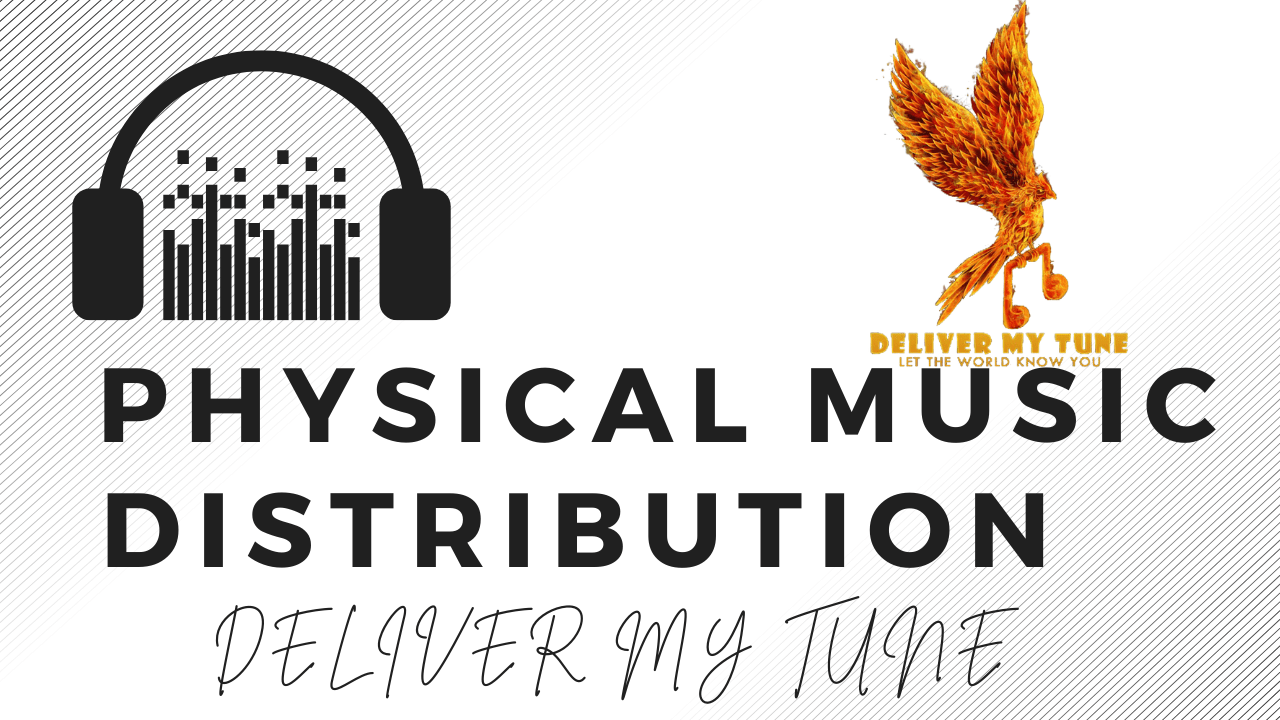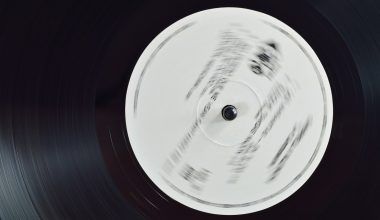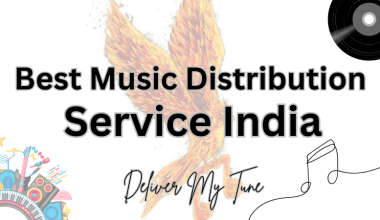In the era of music streaming, where platforms like Spotify and Apple Music dominate, the concept of physical music distribution might seem outdated. Yet, this traditional form of music dissemination is far from obsolete. Vinyl records, CDs, and even cassette tapes have made a remarkable comeback, captivating music lovers across generations.
This blog dives deep into why physical formats are still relevant, how artists can use them effectively, and how combining them with digital strategies can maximize their reach and revenues.
What is Physical Music Distribution?
Physical music distribution involves producing and selling music in tangible formats like CDs, vinyl, and cassettes. These physical copies are sold through record stores, online platforms, or directly by artists at events like concerts.
Unlike digital streaming, where music exists in a virtual space, physical distribution allows fans to own something tactile, creating a stronger emotional connection.
The Resurgence of Physical Formats
1. The Vinyl Revival
Vinyl sales have experienced exponential growth, hitting their highest point in over three decades. According to the RIAA (Recording Industry Association of America), vinyl sales accounted for 71% of all physical music revenue in 2023.
2. CDs and Their Loyalty Base
Though their popularity declined with the rise of streaming, CDs still hold a significant market share, particularly for genres like rock and classical music. Artists like BTS and Taylor Swift continue to release deluxe CD editions, keeping the format alive.
3. The Nostalgia of Cassettes
Cassettes, too, are enjoying a revival, with sales growing annually. Their retro charm appeals to indie and alternative music fans, making them a unique addition to any artist’s catalog.
Why Physical Music Distribution Still Matters
1. Tangible Fan Connection
Owning physical albums is a deeply personal experience. Fans often view these items as collectibles, showcasing their loyalty to an artist.
2. Enhanced Revenue Streams
Physical formats often come with higher profit margins. Limited edition vinyl or autographed CDs can fetch premium prices, offering artists a significant revenue boost.
3. Nostalgia and Exclusivity
The tactile feel of a vinyl record or the act of flipping through a CD booklet evokes nostalgia. Special edition releases further heighten their appeal.
4. Superior Sound Quality
Many audiophiles argue that vinyl and CDs offer richer sound compared to compressed digital formats, making them the preferred choice for quality-focused listeners.
5. Diversification of Artist Portfolios
By offering both digital and physical formats, artists can cater to a wider audience, from tech-savvy streamers to traditional collectors.
Key Formats in Physical Music Distribution
1. Vinyl Records
Vinyl has become synonymous with the modern music collector. Artists use this format to release both new albums and reissues. Variations like colored vinyl and box sets add exclusivity.
2. Compact Discs (CDs)
CDs remain popular due to their durability and affordability. They’re especially favored by collectors who prefer a simpler and more accessible medium.
3. Cassette Tapes
Perfect for niche markets, cassettes are cost-effective to produce and offer a unique, retro aesthetic.
The Process of Physical Music Distribution
1. Production
Creating physical copies begins with designing album art, mastering audio files, and choosing the format (vinyl, CD, or cassette). Professional manufacturers handle the duplication and packaging.
2. Retail Distribution
Physical albums are sold via:
- Record Stores: Independent shops are crucial in promoting vinyl and cassettes.
- Concert Merch Booths: Selling directly to fans during live events enhances their experience.
- Online Marketplaces: Platforms like Bandcamp cater to fans globally, helping artists sell physical copies directly.
3. Direct-to-Fan Sales
Many artists now use e-commerce stores to sell autographed or limited-edition albums, bypassing middlemen and earning higher profits.
Advantages of Physical Music Distribution
| Feature | Physical Distribution | Digital Distribution |
|---|---|---|
| Fan Connection | High (tangible ownership) | Moderate |
| Revenue Model | Per-unit sales | Royalties per stream |
| Sound Quality | Superior | Variable (compressed files) |
| Reach | Limited to regions | Global |
| Production Costs | High | Low |
While digital offers global reach, physical formats provide an irreplaceable personal touch, allowing artists to connect deeply with their audience.
Successful Strategies for Artists
1. Limited Edition Releases
Offering exclusive formats like glow-in-the-dark vinyl or cassette box sets adds value and increases demand.
2. Bundling Products
Combine albums with merchandise such as T-shirts, posters, or stickers to incentivize purchases.
3. Pre-Orders and Crowdfunding
Platforms like Kickstarter allow fans to fund the production of physical albums, ensuring profitability before release.
4. Special Packaging
Innovative packaging, like 3D album art or fold-out designs, attracts collectors and elevates the experience.
5. Eco-Friendly Options
Using recycled materials for vinyl and packaging appeals to environmentally conscious fans, adding to an artist’s brand appeal.
Overcoming Challenges
1. Cost and Logistics
Production, shipping, and storage require upfront investment. Artists can mitigate this by producing limited quantities or using print-on-demand services.
2. Market Saturation
Standing out in a competitive market requires creative strategies. Focus on unique album art, bonus tracks, or exclusive content.
3. Accessibility
While digital music is available instantly worldwide, physical formats often face geographical limitations. Combine physical distribution with a robust online presence to reach global fans.
Industry Trends in Physical Music Distribution
1. Vinyl Sales Boom
Vinyl sales surpassed CD sales for the first time since the 1980s, reflecting a renewed interest in analog formats.
2. Direct Artist-Fan Interaction
More artists are selling physical albums directly to fans through their websites, reducing dependency on third parties.
3. Cross-Format Promotions
Many artists bundle physical albums with digital downloads or streaming codes, offering fans the best of both worlds.
Case Studies: Artists Leading the Way
1. Billie Eilish
Billie Eilish’s glow-in-the-dark vinyl albums and custom cassette tapes have been a massive hit among her fans, proving that unique physical formats resonate strongly.
2. BTS
The K-pop sensation BTS consistently dominates the physical album charts with their intricately designed CD box sets.
3. Jack White
As a staunch advocate of vinyl, Jack White has pioneered innovative record releases, including playable album covers and hidden tracks.
Tips for Artists Entering Physical Distribution
- Start Small: Begin with a limited run to gauge interest.
- Partner Strategically: Collaborate with reputable distributors to ensure quality and reliability.
- Engage Your Fans: Use polls or surveys to determine which formats they prefer.
- Leverage Social Media: Promote physical releases through engaging content, behind-the-scenes production videos, and live unboxings.
The Future of Physical Music Distribution
Despite technological advancements, physical music distribution will continue to thrive alongside digital platforms. Vinyl and CDs are no longer just music carriers; they are art pieces, status symbols, and collectors’ items.
The future lies in integrating physical formats with digital tools—think augmented reality (AR) album covers or limited-edition vinyls bundled with NFTs.
Conclusion
The allure of physical music distribution goes beyond nostalgia. It offers artists a unique opportunity to connect with fans, create unforgettable experiences, and diversify their income streams.
As an artist, embracing physical formats—whether vinyl, CDs, or cassettes—can complement your digital strategy, striking a perfect balance between modern convenience and timeless tradition.
By investing in physical music distribution, you’re not just selling music; you’re building a legacy that fans can hold in their hands.
Related Articles:
For further reading, explore these related articles:
- 6 Ways For Songwriters To Optimize Creative Output
- 5 Things You Should Do Before Going to a Recording Studio
- 10 Things Artists Can Learn From Entrepreneurs
For additional resources on music marketing and distribution, visit Deliver My Tune.






